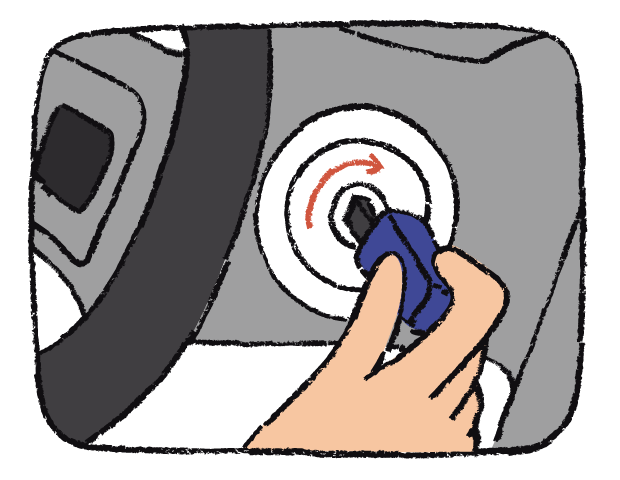
While driving may seem simple, it's situational awareness that requires practice and experience to master. Just looking in the direction you are heading isn't enough.
A good driver knows what is happening 10, 15, or even 20 meters around their vehicle at all times. They can anticipate what other drivers will do in advance, and all the potential hazards and movements based on the environment that they are driving in.
A good driver has an intuition about what other drivers are doing on the road. Is that driver trying to make a turn relatively soon? Are they in a rush? Is that driver driving unpredictably or aggressively? Should I leave more space between my vehicle and theirs? Is it safe to pass here?
A good driver avoids these hazards by being aware and trying to position themselves outside these situational danger zones. Don’t always trust your brakes will stop you in time. You should always have an area to escape to, avoiding trouble if it arises.
Communicate as much of your intentions to other drivers as possible, giving them a heads up to dangers and unexpected changes in speed or sudden lane shifts.
If you are planning on changing lanes, indicate in advance, look to make sure the coast is clear, and then go. If traffic is slowing down ahead, tap the brakes to flash a warning to drivers behind you. Don’t stop at the last minute. Stick to your lane and drive predictably.
Remember, a signal does not automatically give you the right of way. Checking your mirrors and blind spots before changing lanes ensures your safety. Always be prepared to return to your original position to avoid danger.
